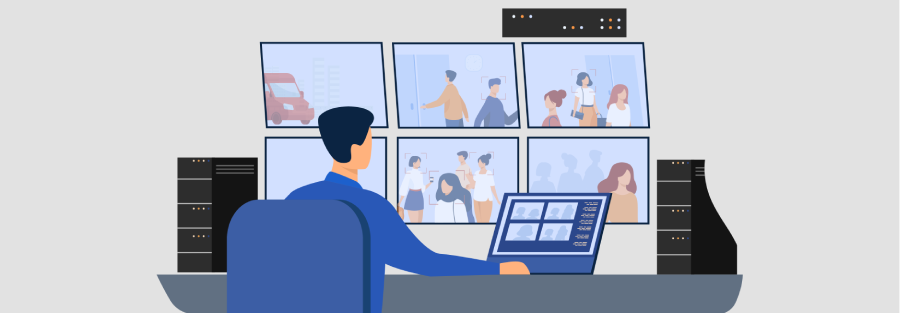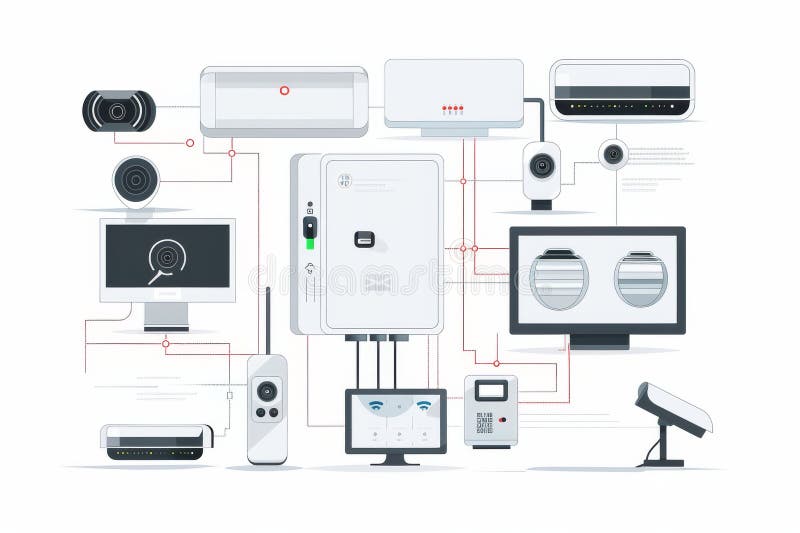The Transformative Impact of AI on Video Surveillance and Security Systems Circuit Diagram A Kotlin Coroutine is a computation that can be suspended — i.e. paused so other coroutines can run. Channels are a thread-safe way to send data from one coroutine to another. AI in surveillance systems has transformed the way we approach security, enhancing threat detection, monitoring capabilities, and response systems. According to the AIGS (Artificial Intelligence Global Surveillance) index , around 75 out of 176 nations actively rely on AI-based surveillance cameras worldwide.

AI security cameras or AI security systems are smart surveillance systems/cameras powered by Artificial Intelligence. The system is trained to perform tasks that can think and act like humans. These AI security cameras can analyze acts in live video feeds and send real-time alerts for any unusual events with precision. In today's security landscape, AI-powered surveillance solutions have revolutionized how we monitor and protect our properties and public spaces. These advanced systems go beyond traditional surveillance by incorporating artificial intelligence to analyze video feeds in real-time, detect threats, and provide actionable insights.

How is AI Used In Security And Surveillance Circuit Diagram
Takeaway: In most situations, video motion detection alone is insufficient in setting up an effective AI video surveillance system. However, when layered as a pre-processing layer for AI-based analytics, VMD can significantly improve cost and bandwidth efficiencies by filtering out frames that do not need to be processed.

Data and an AI system lifecycles do not follow the same timeline. Data becomes an independent entity, i.e. it can be copied, multiplied, manipulated and repurposed. The [76] defined the AI system lifecycle in four phases: design, data and models; verification and validation; deployment; operation and monitoring. The first phase includes AI-powered video surveillance systems: CronJ's video surveillance systems can analyze video footage in real-time and detect potential security threats such as unauthorized access, vandalism, or Once the hardware is in place, you'll install the Raspberry Pi OS, setting the stage for your AI-powered security system. The next step is to get the software ready.
